Lawn Pros Tips
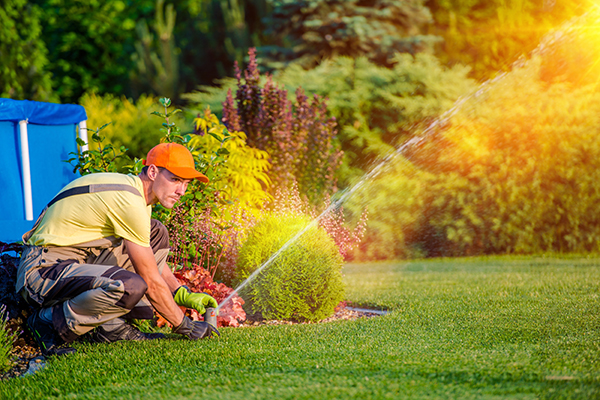
Watering
When it comes to taking care of your lawn, water is one of the most important elements for lawn care maintenance. There are a few other things to keep in mind regarding sound watering practices, such as quantity, timing, and relation to fertilizer and weed control applications.
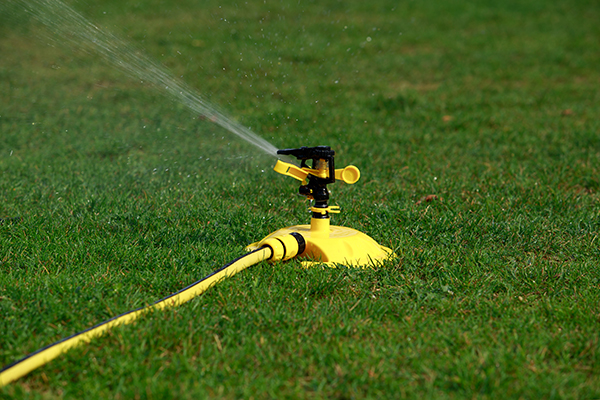
Quantity
Your lawn should receive roughly an inch and a half of water a week. Ideally, you want to achieve deep watering (depth of at least 6 inches) as opposed to light watering. For best results you want the water to reach the roots of the grass. Light watering can actually do more harm than good.
Also, you should be aware of how much water your sprinkler puts out as every sprinkler puts out a different amount. This is crucial in determining how long it takes to apply an inch and a half of water.
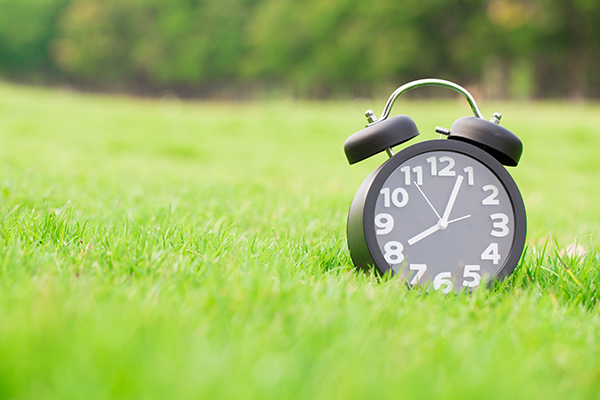
Watering Timing
Early-morning watering is without a doubt the best time to water. The reasons for this are cooler temperatures and breezes can help to keep evaporation to a minimum. Also, watering in the morning helps to keep the turf cooler during the hottest parts of the day, which may mean less stress on your grass. Watering during the middle of the day can lead to disease problems, as well as potentially wasting water due to excessive evaporation. Watering during the evening tends to promote a number of lawn diseases.
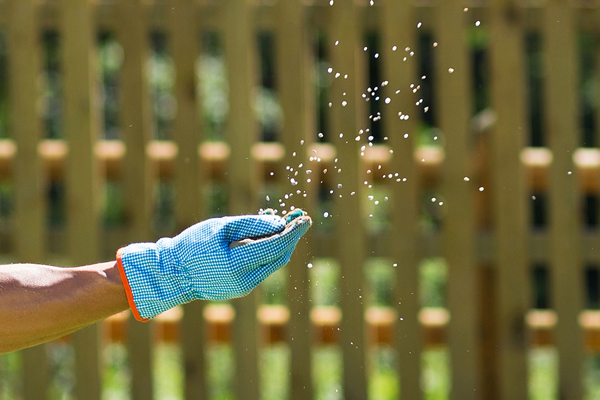
Relation to applications
It is important to read the information on the application cards we leave behind. Some applications require being watered immediately, others, such as our weed control applications, should not be watered for at least a day.
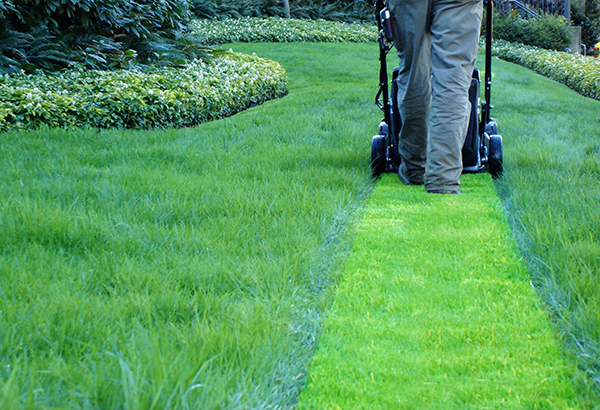
Mowing
We take pride in servicing your lawn. You can count on us to apply only the best fertilizer and weed control products. Of course you can be confident that we will apply these products at the proper time of the year and use the correct application rates. In turn, we must count on you to properly mow your lawn. There are a number of things to consider when mowing: lawn height, timing, and condition of your equipment are among the biggest things to take into consideration.
Mowing Height
Selecting the proper mowing height is the most important factor to take into consideration. During the hottest, driest months of the year, we recommend mowing at a higher height. During spring and fall, mowing a little lower is ideal. To keep your lawn looking its best, you only want to remove one third of the grass blade with each mowing.
Our recommended mowing height is 3-4 inches: around 3 inches in spring and fall; 4 inches in the summer.
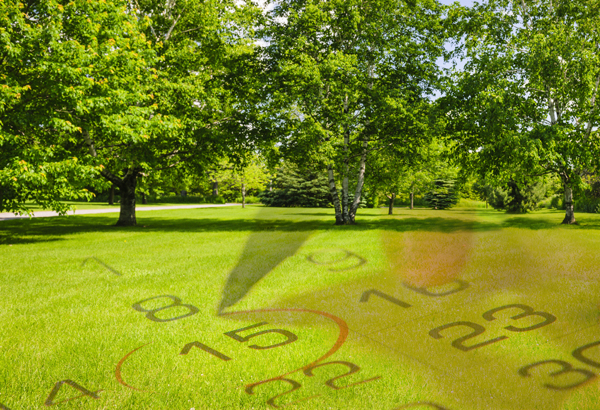
Mowing Schedule
Proper timing is also very important. It should be dictated by how fast your grass is growing – not by the calendar. Like we mentioned earlier, to keep your lawn looking its best, you should only remove one-third of the grass blade with each mowing. This may require mowing more often than once a week.
Another good tip is changing the direction you mow each time. This will help maintain an upright growing manner. It will also help reduce wear and tear on your lawn. Alternating directions will also decrease the possibility of scalping (when you set the mower to its lowest setting in order to mow your lawn, and clip so low that you expose the stems of your blades of grass).
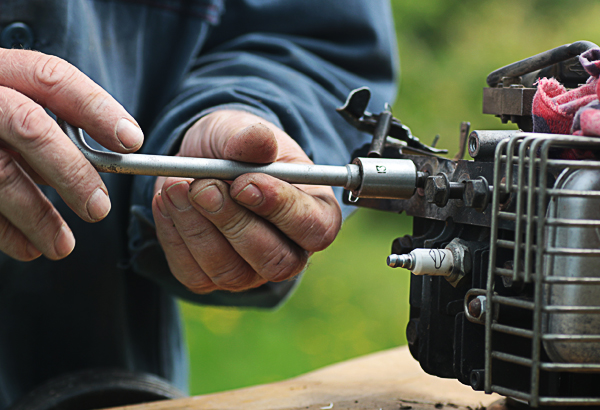
Equipment Maintenance
Making sure your mower blade is sharp is a crucial requirement for proper mowing. A dull blade can rip and shred the grass instead of cutting it. Mowing with a dull blade makes your lawn susceptible to several problems, such as brown or discolored tips, disease, and insect problems. A good guideline to follow is to sharpen your mower blades once a month.
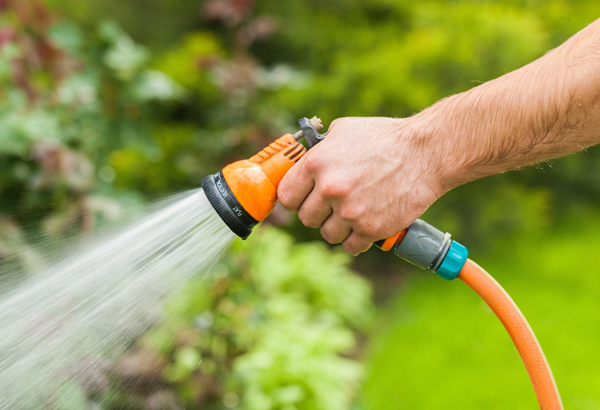
A Few Final Thoughts
Watering your lawn the day before you mow during the hot and dry months is a good idea. Always try to mow during the coolest part of the day, as this will minimize discoloring and stress to your lawn.


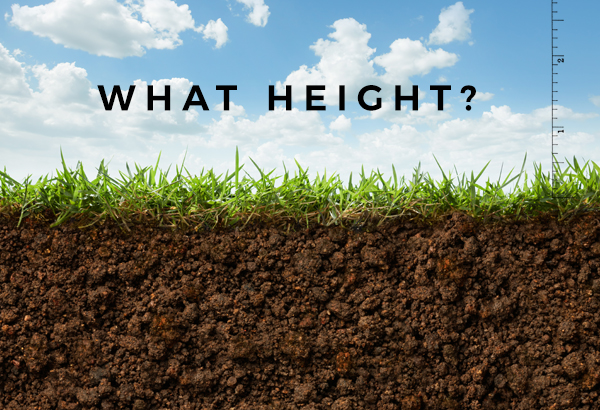
Get Social